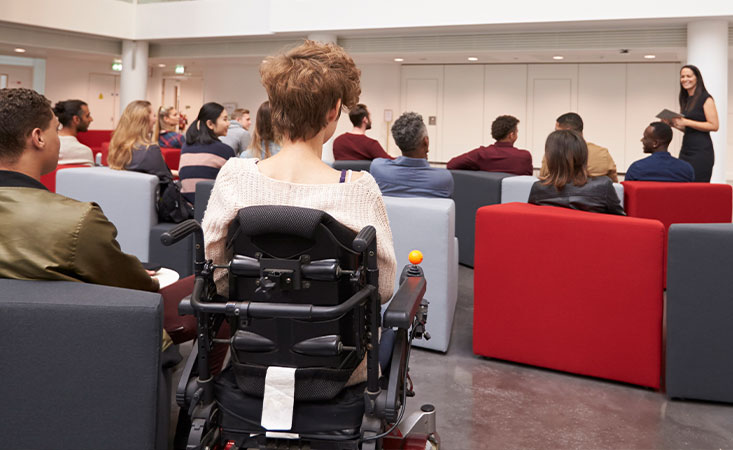
How Technology Can Enhance Inclusion in Sustainable Events
When it comes to sustainable events, the conversation often circles around carbon footprints, eco-friendly venues, and waste reduction. All essential, no doubt—but what about social sustainability? Inclusion is a pillar of sustainable event planning that’s just as important, and thanks to technology, we now have more tools than ever to create experiences that are not only greener, but fairer and more accessible too.
At Grooveyard, we believe sustainability should leave no one behind. Here’s how event tech is helping to build events that welcome everyone—and tread more lightly on the planet at the same time.
1. Virtual & Hybrid Formats = Wider Access, Lower Emissions
One of the most impactful shifts in recent years has been the widespread adoption of virtual and hybrid events. Beyond slashing travel-related emissions, these formats also remove key barriers for many attendees—think people with mobility challenges, caring responsibilities, financial limitations, or simply those living in remote areas.
Hybrid doesn’t mean second-best. With smart platforms, engaging content, and real-time interaction tools, online attendees can have a meaningful experience without the footprint of long-haul flights or printed materials.
2. AI-Powered Accessibility Tools
Modern platforms now come equipped with features that make events more accessible for attendees with disabilities. Think real-time captioning, screen reader compatibility, sign language avatars, and translation services powered by AI.
Need to make a panel discussion accessible to a multilingual audience? There’s a plug-in for that. Want to ensure your keynote is inclusive to those with hearing impairments? AI captioning can do it live—and better than ever before.
3. Customisable Event Apps
A good event app goes beyond schedules and speaker bios. It can become a hub for inclusive design. Attendees can personalise their experience, adjusting font sizes, colour contrast, and language settings. Push notifications can remind them of accessibility features, low-sensory zones, or sustainability efforts like reusable water stations.
Some apps even allow anonymous questions or feedback, helping amplify voices that might otherwise stay silent in a traditional setting.
4. Data-Driven Decisions for Inclusive Design
Finally, technology gives us data—and data gives us insight. Post-event analytics can reveal who engaged, how they engaged, and where drop-offs happened. Were international attendees less active? Did certain accessibility features go unused? This information helps us iterate and improve—not just for sustainability reports, but for genuine, human-centred progress.
Inclusion is Sustainability
We’re at a point where it’s not just possible to host events that are both inclusive and sustainable—it’s expected. Event technology isn’t a luxury anymore; it’s a toolbox to build a better experience for everyone.
So the next time you’re planning a sustainable event, don’t just ask how low your carbon footprint is. Ask: Who are we including? Who might we be missing? And how can tech help us bridge that gap?






